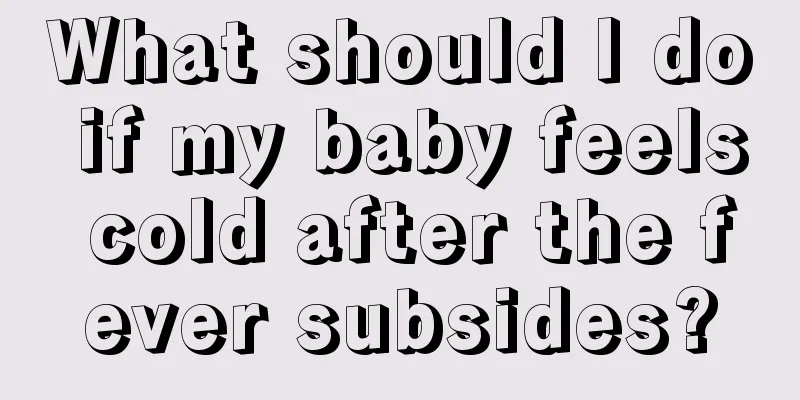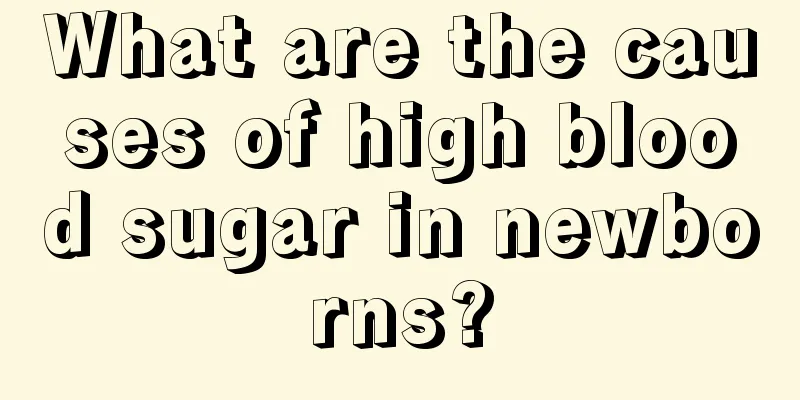How to treat hemorrhoids in children?

|
As the saying goes, hemorrhoids only occur in adults, but in fact, many children are also prone to them. Don’t think that children are not prone to hemorrhoids because they often eat dry or irritating foods. When children develop hemorrhoids, most of them are simple hemorrhoids, which are relatively simple to treat, usually through surgery or medication. Hemorrhoids are a common disease in adults, so there is a saying that "nine out of ten people have hemorrhoids". Although hemorrhoids are uncommon in children, they do occur from time to time. Hemorrhoids are varicose veins under the mucosa in the anal canal area at the end of the rectum. Hemorrhoids can be divided into internal hemorrhoids and external hemorrhoids. Internal hemorrhoids can be divided into simple hemorrhoids and mixed hemorrhoids. The most common external hemorrhoids are thrombosed external hemorrhoids. Most internal hemorrhoids in children are simple internal hemorrhoids, and mixed hemorrhoids are rare. They are just local submucosal varicose veins in the rectum. Its symptoms are a purple-red nodule seen at the child's anus when defecating, coughing or crying. This nodule is not painful at first, but there is a sensation of itching or foreign body in the anus, so children can often be seen scratching their anus with their hands. During bowel movements, the purple-red nodule at the anus will increase in size and sometimes bleed. The blood is bright red and appears in drops or sometimes in spurts. It is generally painless. If incarceration occurs, it may be accompanied by pain. The cause of internal hemorrhoids in children is often due to congenital weakness of the rectal venous wall, coupled with constipation. Because of constipation, the fecal mass presses on the lower end of the rectum and the anus, which obstructs the blood flow in the anal veins and causes the veins to gradually expand. Internal hemorrhoids are rare in children and do not require special treatment even if they occur. Generally, the symptoms will disappear on their own as long as you adjust your diet, eat more vegetables, have regular bowel movements, and prevent constipation. There is another condition called perianal vasodilation, which is very similar to internal hemorrhoids and can easily be confused with internal hemorrhoids. It is a congenital disease, namely, dilation of the blood vessels around the anus. This congenital expansion is invisible at normal times and can only be seen when children defecate. A bead-like protrusion can be seen under the skin around the anus. It is about the size of a soybean, irregular in shape, and purple-black or dark green in color. There is usually only one of these protrusions, but sometimes there may be 3-4, and the majority may form a circle around the anus. There is no pain or hardness when pressing the protrusion. The protrusion is more obvious when the child holds his breath during defecation, and disappears after defecation. There is no discomfort and it rarely ruptures and bleeds. |
<<: What should I do if my child has a dry cough? Moms can do this!
>>: How to test ADHD in children?
Recommend
Why do children change their nails?
Many times, children's nails change due to la...
Introduction to the treatment of mycoplasma infection in children
In today's seriously polluted society, many p...
What to do if your newborn baby has bleeding belly button
Newly born babies are very weak. Many people pay ...
What's the matter with the white spot at the junction of the baby's pupil and iris?
If some white spots appear at the junction of a c...
The child's chest pain will go away after a while.
The chest is where our heart is located. If pain ...
What should I do if my baby has not had a bowel movement for a week?
If the baby does not defecate for a week, many pa...
Symptoms of encephalitis in an 8-year-old boy
When children are young, their bodies are still i...
Scar repair methods for children
What are the precautions? This is directly relate...
What are the dangers of anemia in infants
The baby's immunity is very low, and the baby...
What to do if baby has bald patch
Every change in the baby is a surprise in the eye...
What are the clinical manifestations of ADHD in children?
Attention Deficit Hyperactivity Disorder (ADHD) i...
Baby's body red spots
For most babies, they are very likely to develop ...
How does ADHD develop in children?
Attention Deficit Hyperactivity Disorder (ADHD) i...
What anti-inflammatory drugs do children take?
The cold winter weather is quite cold. Even if yo...
How to treat a child who is too thin
Some parents are very worried about their childre...









